11 Failed Products That Started With High Hopes
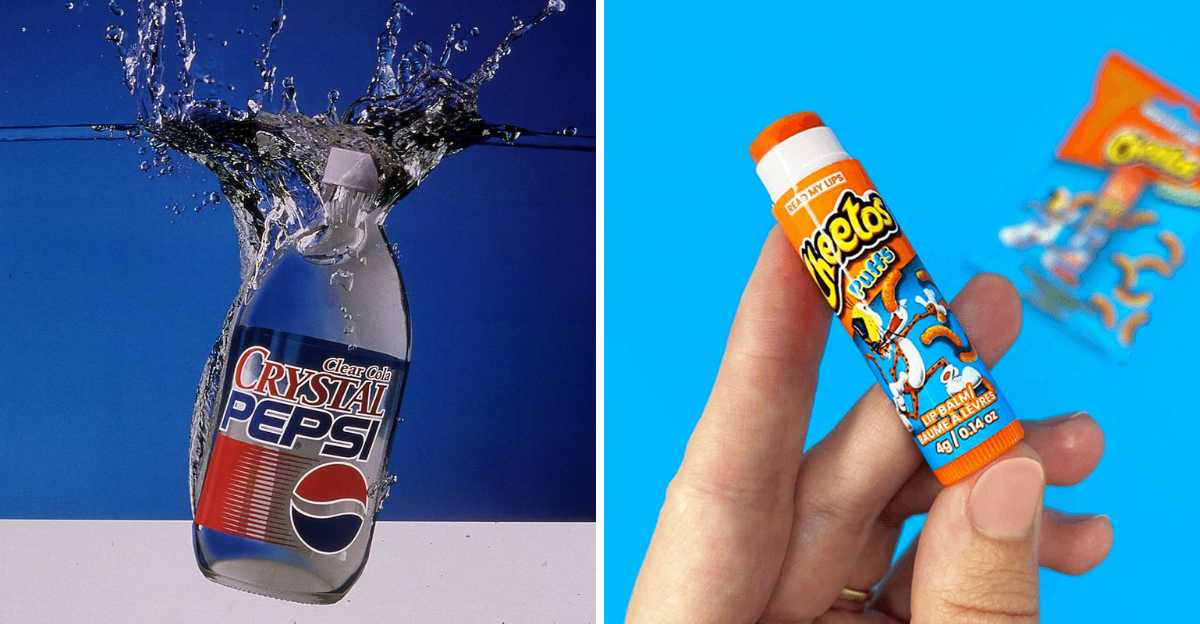
Not every big idea turns into the next iPhone or Coca-Cola. Some start with massive hype, flashy ads, and boardroom confidence—only to crash and burn spectacularly. These 11 products launched with high hopes but flopped so hard, they became cautionary tales in marketing history.
1. New Coke (1985)
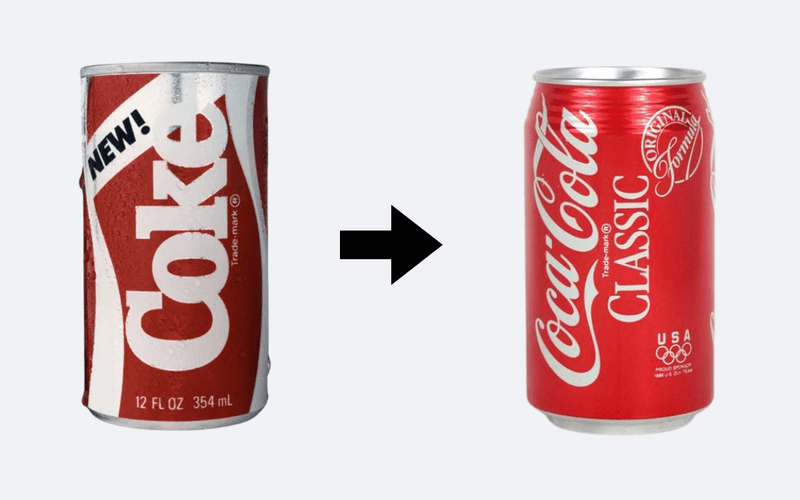
Coca-Cola’s decision to “improve” its classic formula in 1985 with New Coke was met with immediate backlash. Imagine the uproar—fans were outraged, flooding the company with complaints. The taste was not what loyal customers expected. Within just 79 days, Coca-Cola had to bring back the original formula, now labeled “Classic Coke.” The quick reversal showed that even a giant like Coca-Cola couldn’t escape the risk of altering a beloved product. This episode remains a significant lesson in understanding consumer attachment to brands.
2. Google Glass (2013)
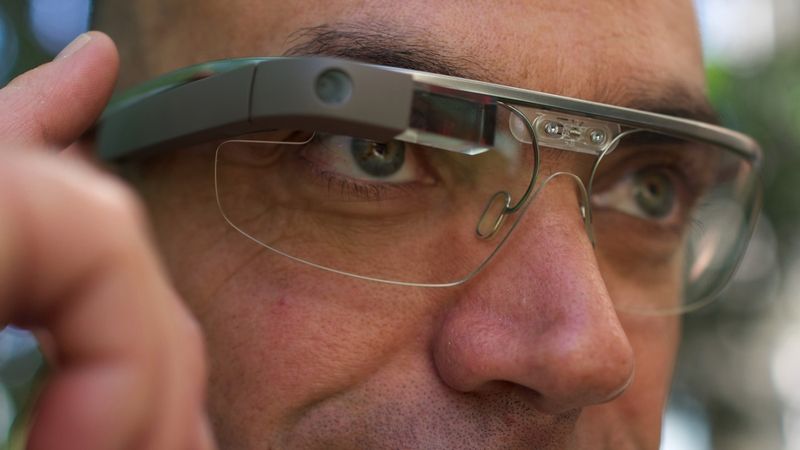
In 2013, Google Glass was envisioned as a leap into wearable technology, promising augmented reality right on your face. The anticipation was huge, with tech enthusiasts eager to experience life through the lens. However, the reality was a letdown. High prices, privacy concerns, and an unappealing aesthetic turned potential users away. It became more of a sci-fi nightmare than the lifestyle staple it was meant to be. Despite its failure in the consumer market, Google Glass found a niche application in specific professional fields.
3. McDonald’s Arch Deluxe (1996)
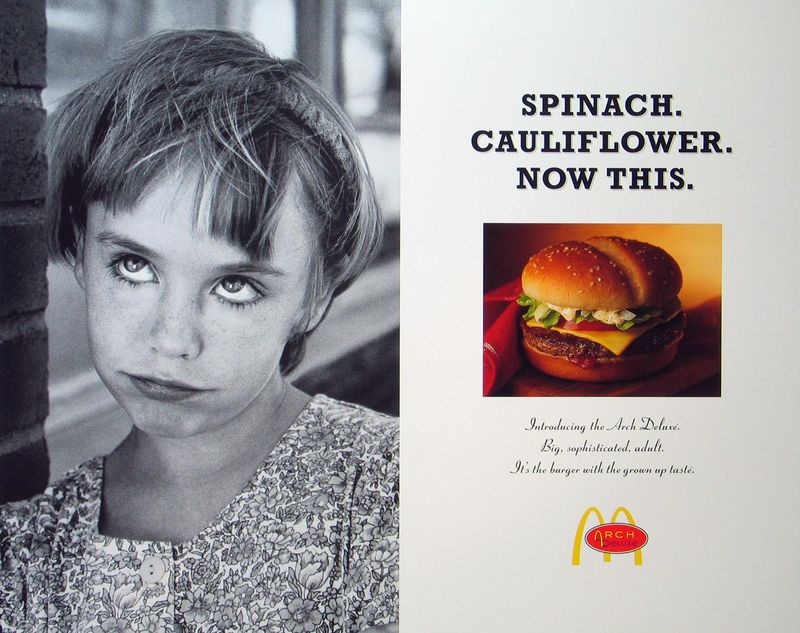
The Arch Deluxe was McDonald’s attempt to craft a sophisticated burger for adults. Launched in 1996, it featured a special mustard sauce and was marketed as a more “grown-up” option. Yet, it completely missed the mark—adults weren’t interested in a pricier option, and kids didn’t understand the appeal. Despite a hefty advertising campaign, McDonald’s lost over $100 million. The Arch Deluxe stands as a reminder that understanding the target audience is crucial in product development.
4. Colgate Frozen Dinners (1980s)
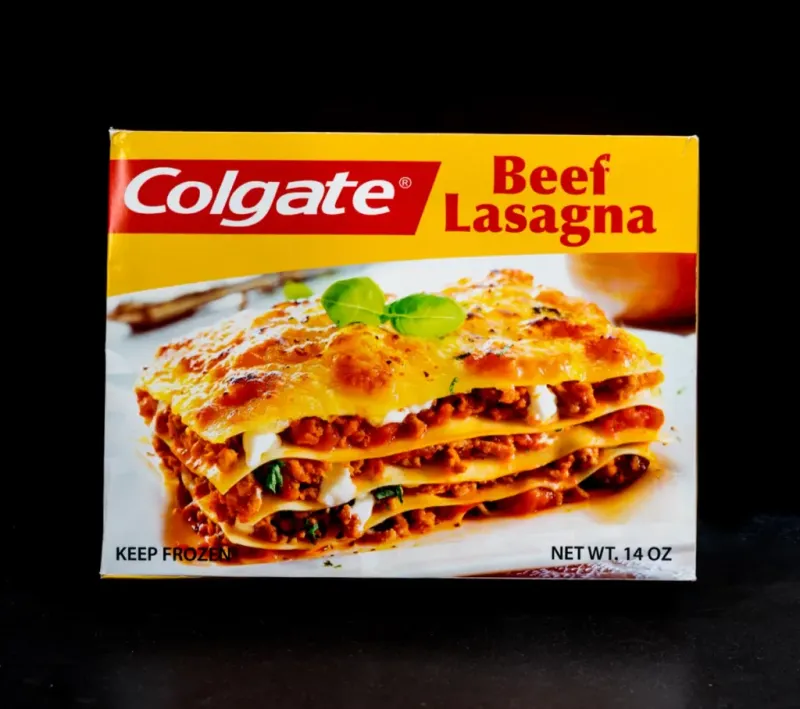
In an unexpected move during the 1980s, Colgate ventured beyond oral care into the frozen dinner market. The concept was puzzling—could a company associated with toothpaste win over dinner tables? Consumers were skeptical, and rightfully so. The brand’s strong association with minty freshness clashed with the idea of savory meals. Unsurprisingly, the product failed to gain traction. Colgate’s foray into frozen foods is now a textbook example of brand misalignment.
5. Crystal Pepsi (1992)
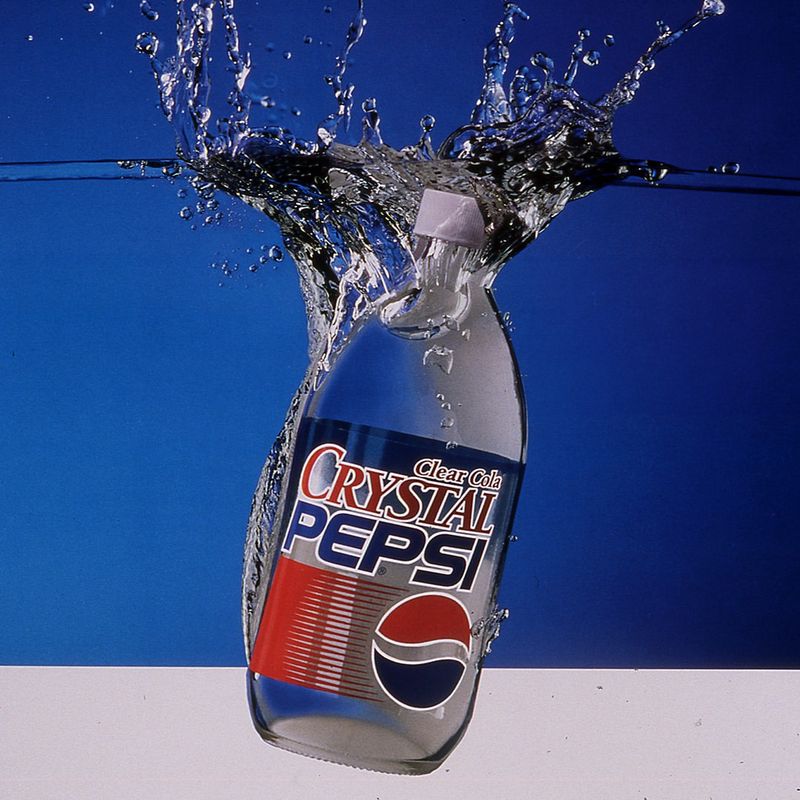
Crystal Pepsi burst onto the scene in 1992, offering a clear alternative to traditional colas. The clear beverage created curiosity and was supported by a significant marketing push. However, despite initial interest, the taste left many consumers unimpressed. The novelty of a clear cola couldn’t compensate for the lack of flavor appeal. After just a year, Crystal Pepsi was pulled from the shelves. It serves as a reminder that innovation should enhance, rather than merely differentiate, a product.
6. Apple Newton (1993)
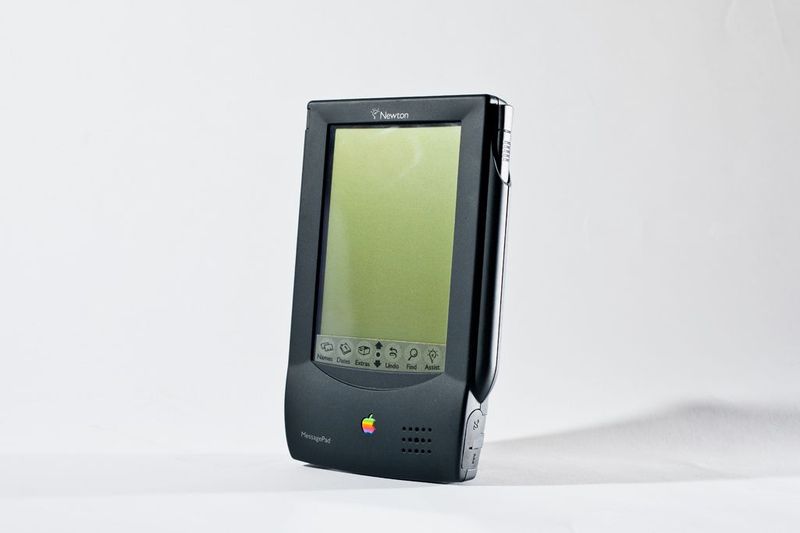
Apple Newton, launched in 1993, was intended to revolutionize personal digital assistants with its handwriting recognition feature. Unfortunately, the technology was ahead of its time and suffered from numerous glitches. Users found the handwriting recognition frustratingly inaccurate. The hefty price tag further deterred consumers. Apple’s Newton was eventually discontinued, but it paved the way for more refined technology in later years. It serves as a testament to the company’s forward-thinking, even if the execution wasn’t perfect initially.
7. Heinz EZ Squirt Colored Ketchup (2000)
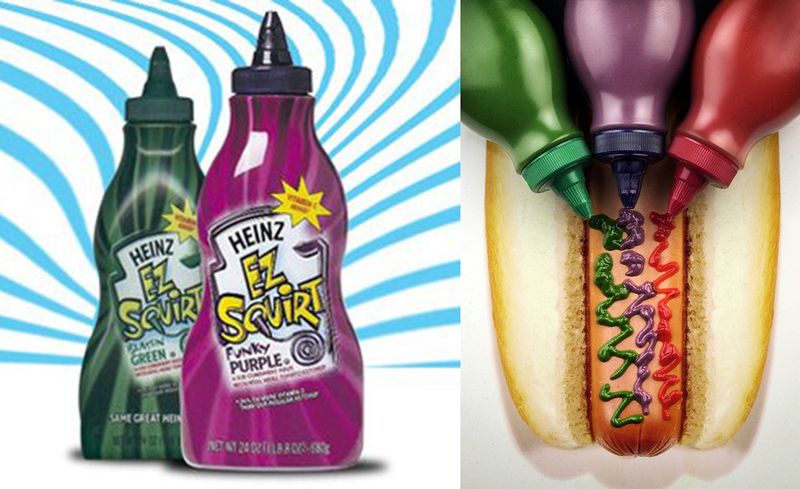
In 2000, Heinz introduced EZ Squirt Colored Ketchup in playful shades like green and purple. Initially, it was a hit among children, who loved the quirky colors. However, the novelty wore off quickly. Parents preferred the traditional red, and the odd colors soon became unappetizing. Despite its initial success, the product was discontinued after a few years. This experiment highlights the challenges of balancing novelty with consumer preferences in the food industry.
8. Harley-Davidson Perfume (1990s)
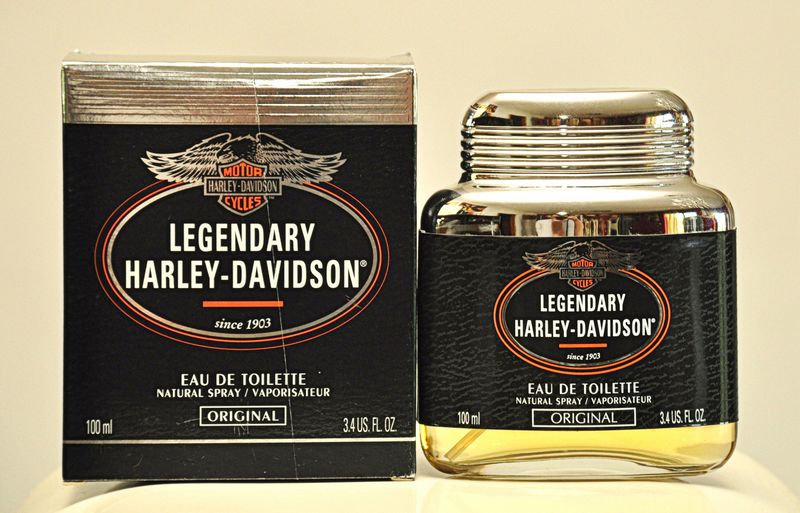
In the 1990s, Harley-Davidson sought to extend its brand beyond motorcycles into personal fragrances. They launched a line of perfumes, assuming the Harley mystique would translate into scent. However, the market wasn’t ready for “Eau de Exhaust Pipe.” The product failed to resonate with both Harley enthusiasts and the general public. This venture into fragrance was short-lived, underscoring the importance of brand coherence when expanding into new categories.
9. Microsoft Zune (2006)
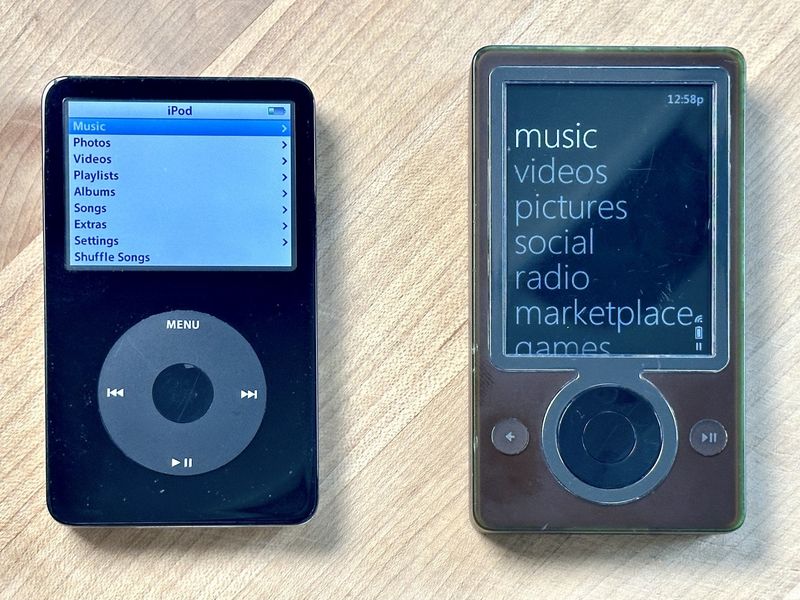
Microsoft’s attempt to compete with the iPod came in 2006 with the launch of the Zune. While it boasted decent hardware, it faced an uphill battle against Apple’s iTunes ecosystem. Consumers were already entrenched in their iPods, and the Zune offered little compelling reason to switch. Just as it entered the market, smartphones quickly emerged, rendering standalone music players obsolete. The Zune’s lack of market impact highlights the importance of timing in product launches.
10. Cheetos Lip Balm (2005)
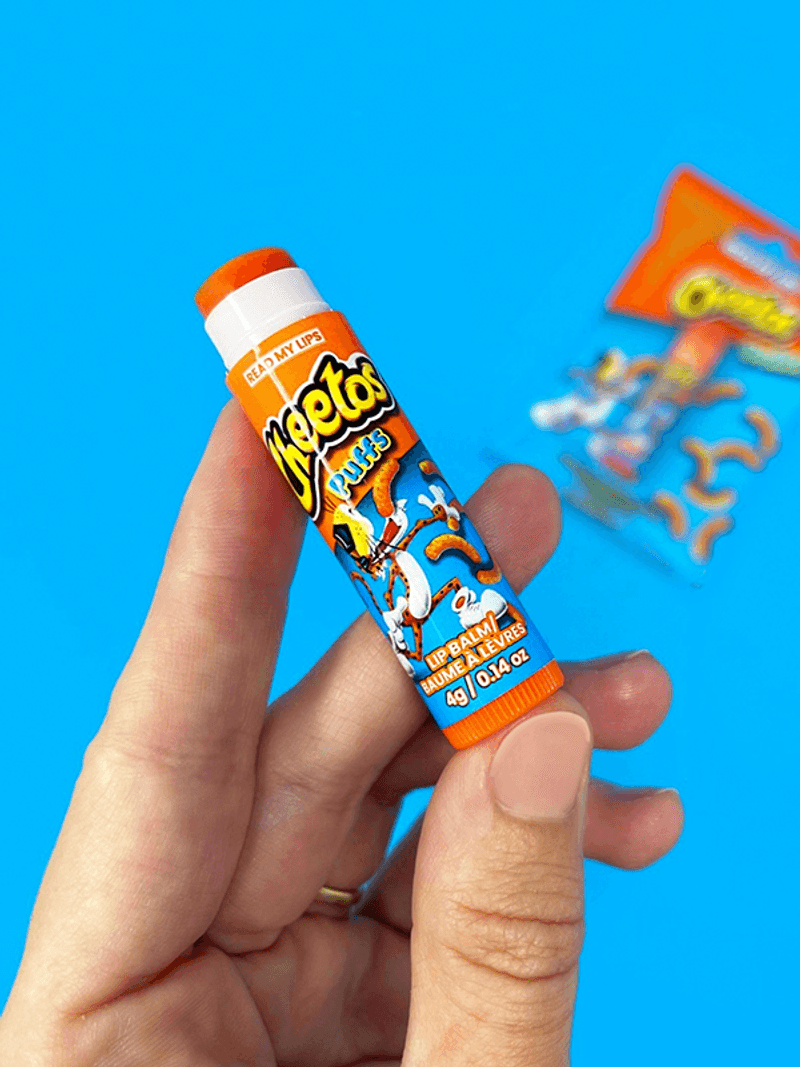
In 2005, Cheetos took a bold step into the cosmetic world with Cheetos Lip Balm. This novelty product offered the unmistakable cheesy flavor of Cheetos in lip balm form. While it intrigued some, the idea of cheesy lips didn’t appeal to most consumers. The product was more of a gag than a practical item and was discontinued shortly after launch. Cheetos Lip Balm serves as a humorous reminder that not all brand extensions are destined for success.
11. Pepsi A.M. (1989)
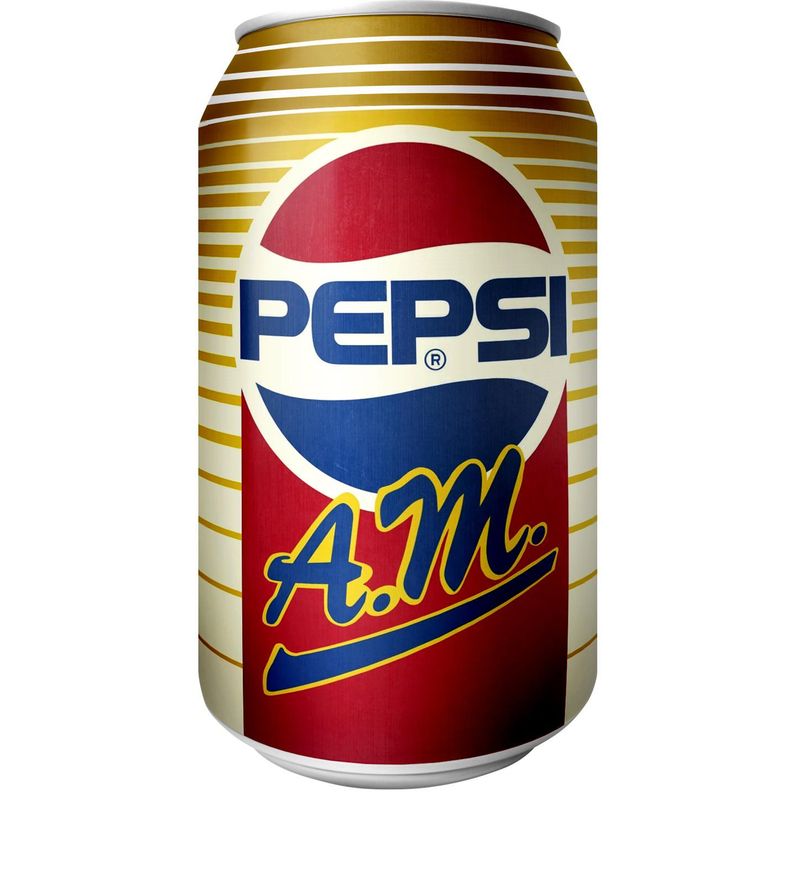
In 1989, Pepsi introduced Pepsi A.M., a soda designed for breakfast consumption. The reasoning was simple: offer a caffeinated alternative to coffee. Yet, this concept baffled consumers who preferred traditional morning beverages. Sales were dismal, and the product vanished quickly. Pepsi A.M. illustrates how cultural habits can strongly dictate product success. Despite its failure, it remains a curious footnote in Pepsi’s history, showcasing the risks and rewards of trying to redefine consumer habits.
